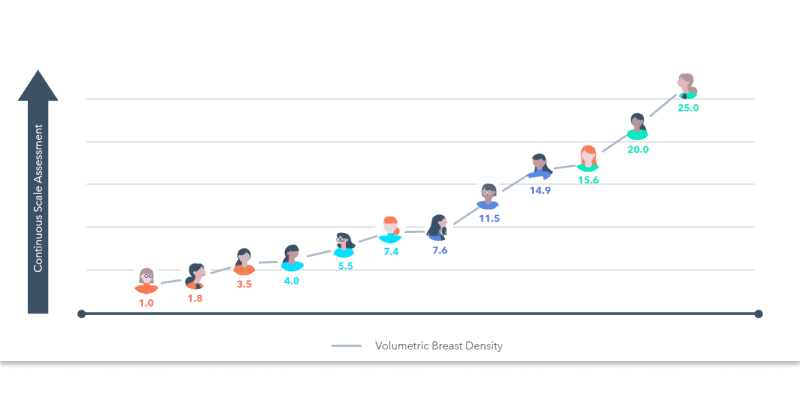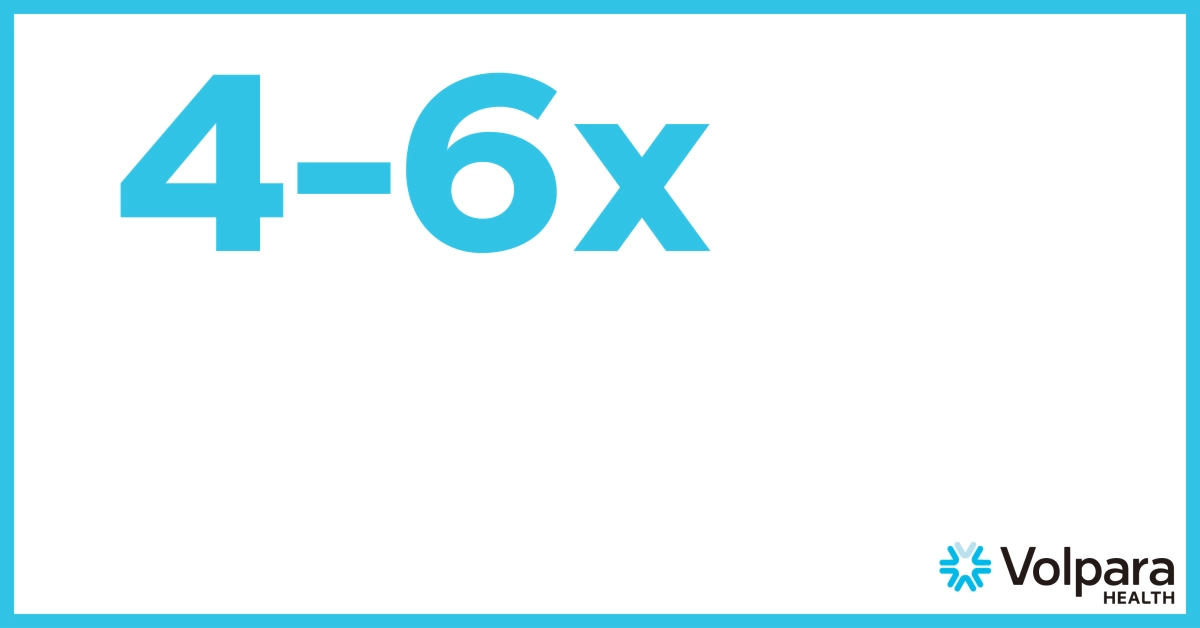Blog
News
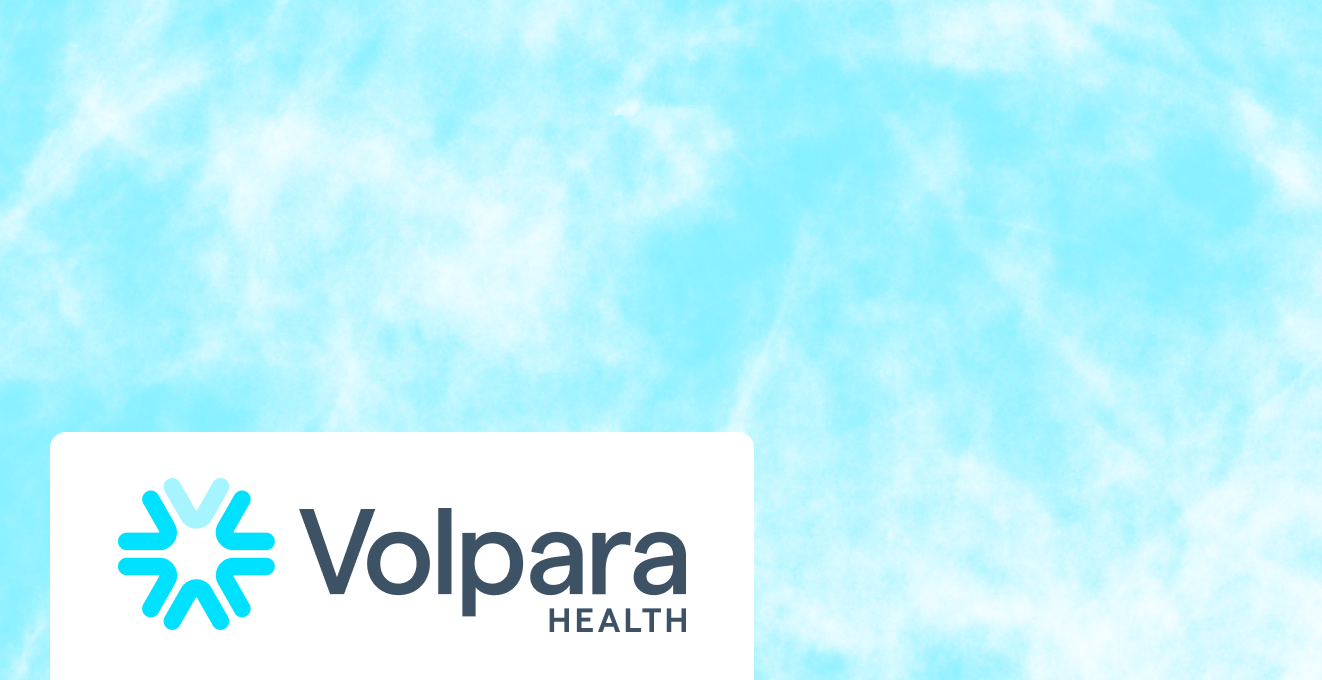
3 Jun 2025
BreastScreen Australia Density Reporting Rule is a Critical Step for Women
Artificial Intelligence, Breast cancer
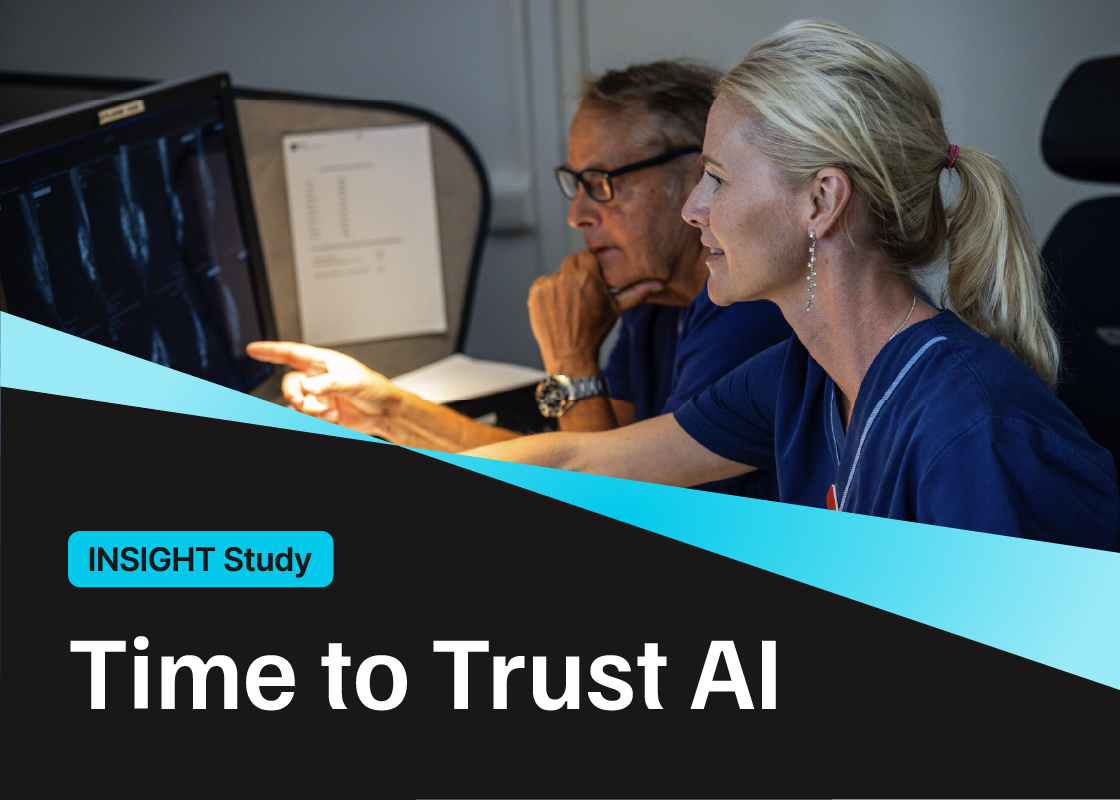
19 May 2025
Real-World Insights into AI-Assisted Breast Cancer Detection
News

27 Apr 2025
SimonMed Imaging Partners with Lunit and Volpara to Deliver Best-in-Class AI for Breast Cancer Detection
News

7 Mar 2025
Volpara Health Announces Leadership Transition, BOADICEA Integration, and Record ECR 2025 Research Presence
Cancer risk assessment

18 Dec 2024
Revolutionizing Breast Cancer Risk Assessment: Building the future with Volpara x Lunit
Breast cancer, Cancer risk assessment, News
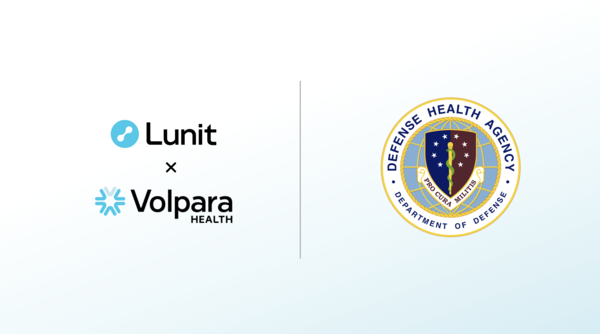
4 Nov 2024
Volpara, a Lunit Company, Secures U.S. Defense Health Agency Contract to Modernize Mammography Services
Breast cancer, News, Volumetric breast density

25 Oct 2024
Volpara Health Surpasses 300 Peer-Reviewed Papers
Mammography image quality

23 Oct 2024
How MemorialCare Improved Mammography Quality with Volpara Analytics
Volumetric breast density

25 Sep 2024
The operational and financial benefits of AI adoption for breast density assessment
